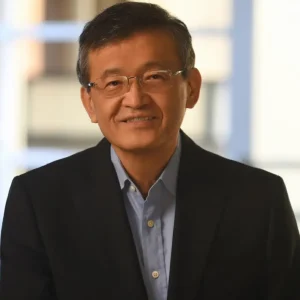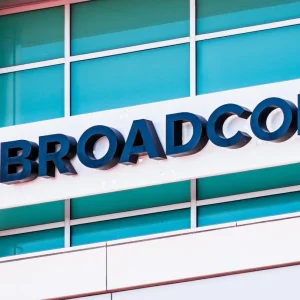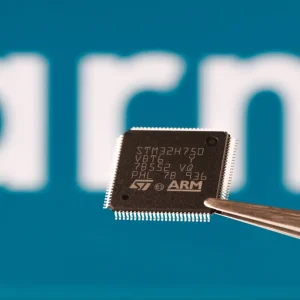
LG has announced it is to start mass-production of what it calls the "world’s first flexible OLED [organic light-emitting diode] panel for smartphones".
The South Korean firm said it hoped to start selling the first handsets to feature the tech next year.
Samsung made a similar announcement a few weeks ago, and both parties were involved in disputes over who holds the patents to the tech.
Samsung said it intended to launch its first product – a special edition of the Galaxy Note 3 – later this month.
Both LG and Samsung already use the OLED technology to offer curved television sets.
Although the displays used in the TVs are in theory "flexible", they are mounted in fixed shells so they cannot be bent or re-shaped by the owner.
LG indicated that the handset screen would curve from top to bottom rather than side to side, mirroring Samsung’s latest patent. LG describe it as "bendable and unbreakable."
"The new display is vertically concave from top to bottom with a radius of 700mm, opening up a world of design innovations in the smartphone market," LG added.
"What’s more, it is also the world’s lightest, weighing a mere 7.2g even with a 6in screen, the largest among current smartphone OLED displays."
"I think LG is doing this to show it is innovative, to do something different and to stand out from the rest of the bar-style screen devices that we have at the moment," said David McQueen, a mobile device expert at tech consultants Informa.
"But I don’t think consumers are going to be that interested by a slightly curved design.
"However, we do think there will be interest if flexible screens are used to offer different form factors.
"For example a device that you snap round your wrist or a traditional shaped smartphone whose screen wraps around the sides onto a bit of the back so that the edges become touchscreen rather than hard buttons."






